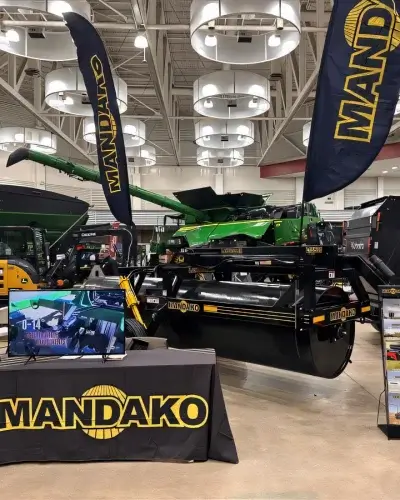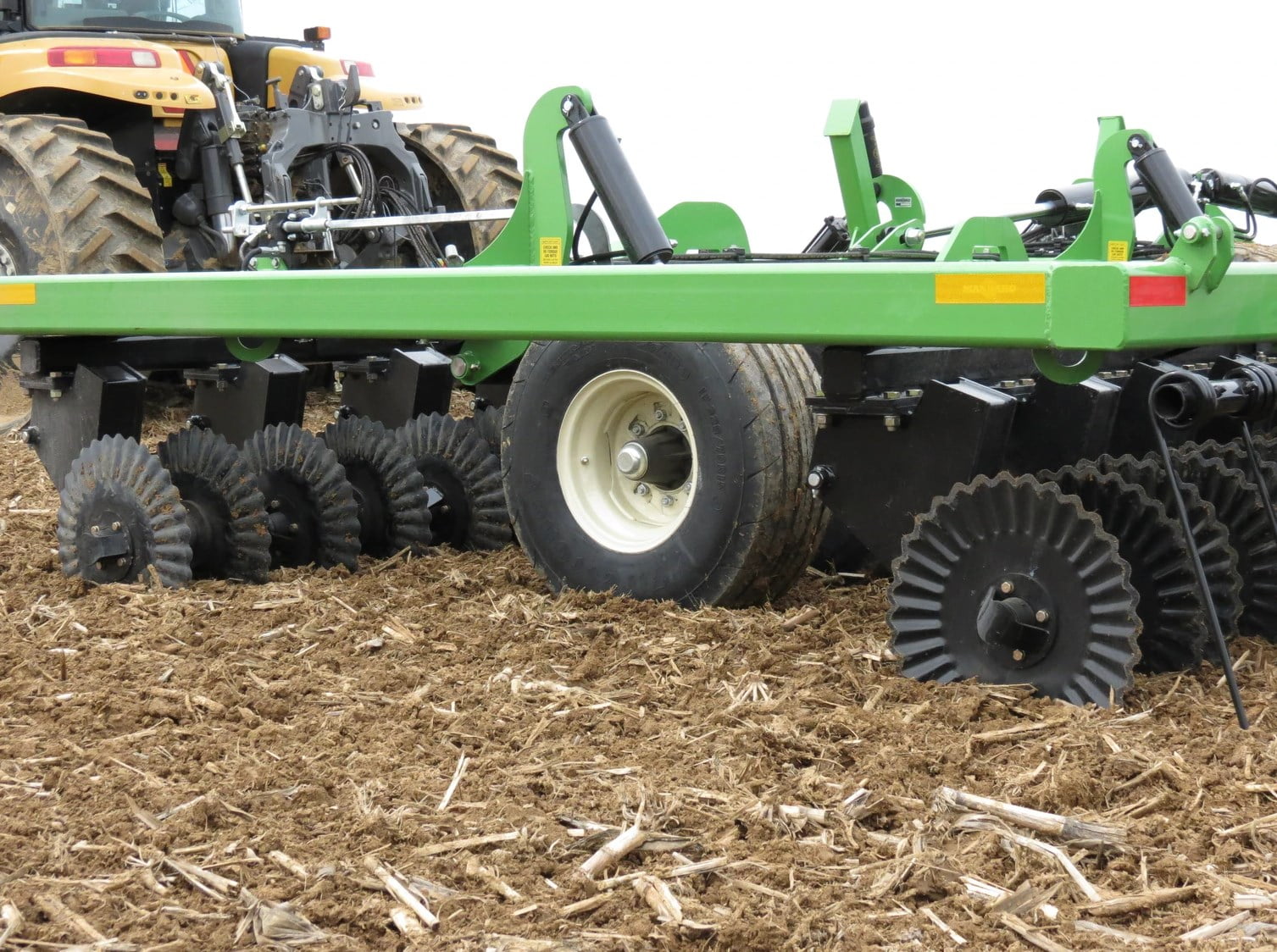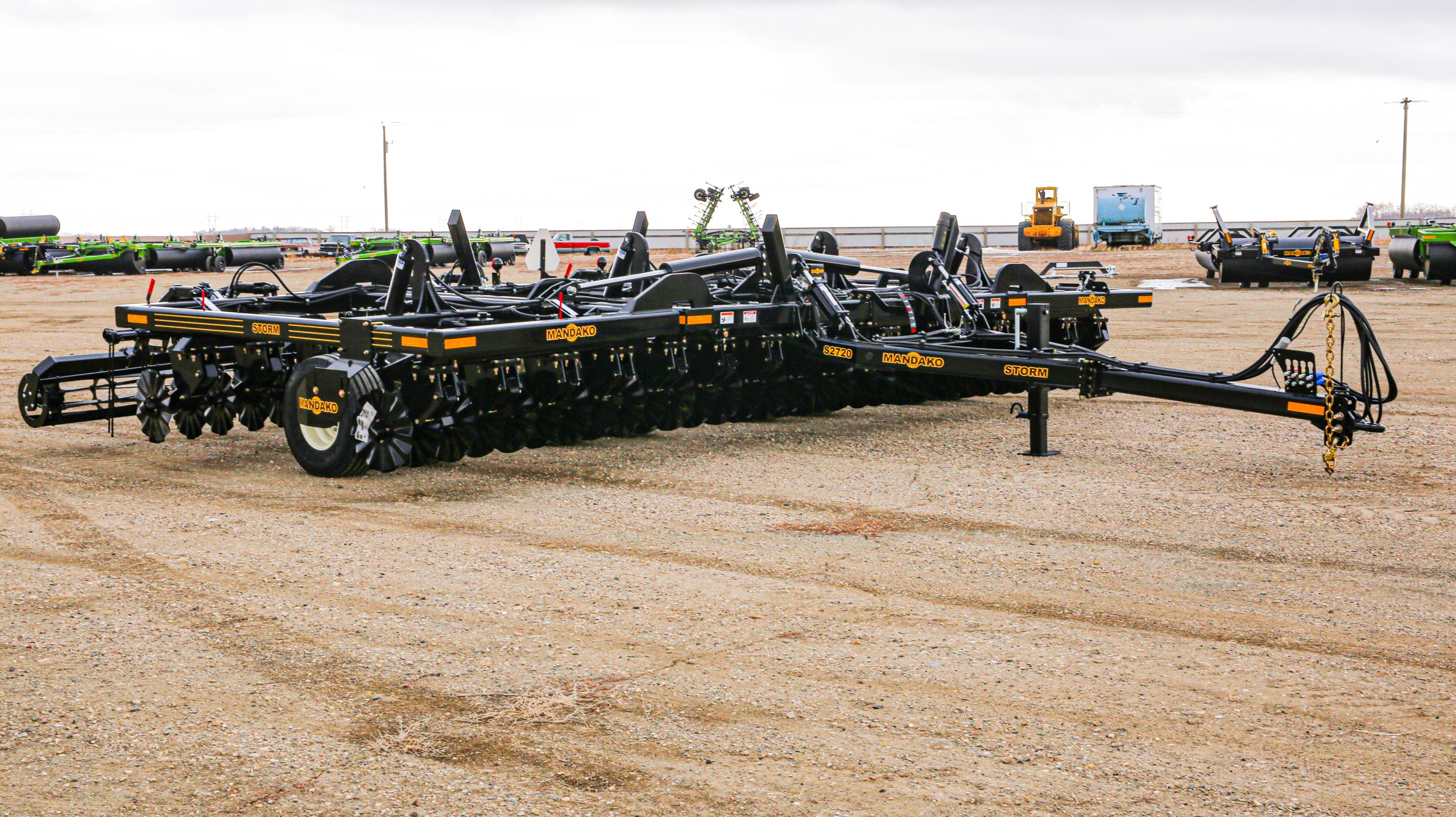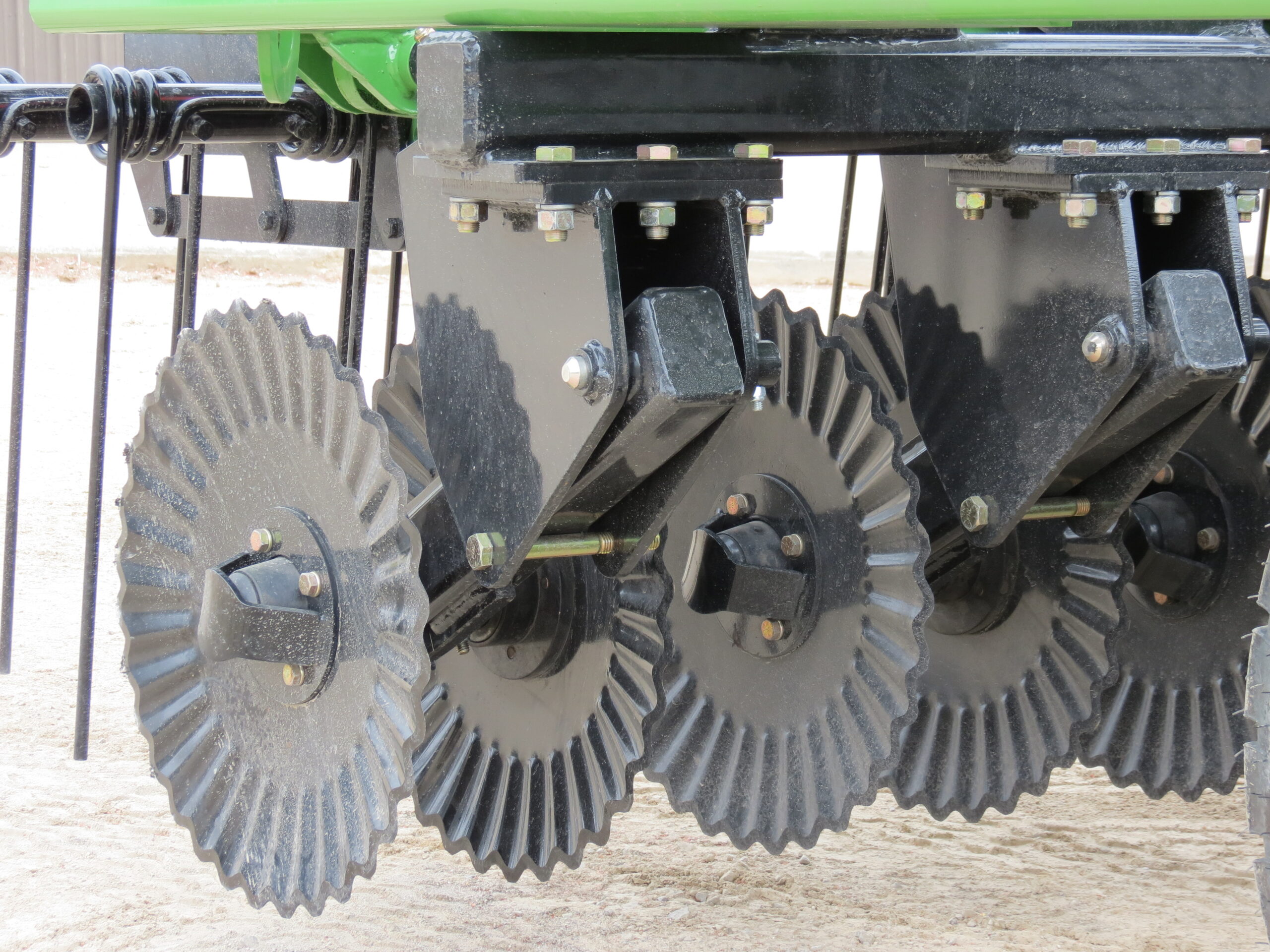
Vertical tillage has become an indispensable practice in contemporary farming, offering numerous advantages in managing crop residue and enhancing soil health. As an agricultural engineer from Iowa State University, Matt Darr highlights, these tools are integral to modern agriculture, enabling farmers to maintain soil structure and improve crop productivity effectively. Let’s delve into the key benefits of using vertical tillage tools.
Efficient Residue Management
Vertical tillage tools excel in managing crop residue, particularly corn stalks, by cutting through and mixing them into the soil without inverting it. This method contrasts with traditional tillage practices that turn over the soil, often leading to significant soil disturbance and erosion. Vertical tillage tools, equipped with blades or coulters, chop and incorporate residue into the soil, which helps to prevent issues such as planting interference and wind erosion.
One of the primary advantages is the effective integration of residue, which ensures that it remains within the soil structure, contributing to organic matter build-up and improving soil fertility over time. By keeping the residue in place, vertical tillage also minimizes the risk of wind erosion, which is crucial for maintaining soil integrity, especially in regions prone to high winds.

Post-Tillage Soil Condition with Mandako Storm
Soil Health and Structure
Vertical tillage tools are designed to preserve soil structure by minimizing soil disturbance compared to conventional tillage methods. This preservation is essential for maintaining soil health, as it helps to protect soil aggregates and promotes better water infiltration and retention. By avoiding the complete overturning of soil layers, vertical tillage supports the natural soil ecosystem, encouraging beneficial microbial activity and enhancing soil aeration.
Another significant benefit is erosion control. By maintaining a cover of crop residue on the soil surface, vertical tillage reduces the likelihood of water erosion, particularly on sloped or erodible lands. This practice ensures that the soil remains intact, with the residue acting as a protective layer against the erosive forces of rain and wind.
Operational Flexibility and Efficiency
Vertical tillage tools offer remarkable flexibility, allowing farmers to adjust their operations to suit different soil conditions and seasonal needs. For instance, these tools can be operated at varying degrees of aggressiveness, from conservative to more aggressive settings, depending on the desired level of soil disturbance and residue incorporation. This adjustability makes vertical tillage suitable for both fall and spring operations, providing farmers with the versatility to optimize their soil management practices throughout the year.
In terms of operational efficiency, vertical tillage tools are designed to work at optimal speeds, typically between 8 to 12 mph, and require a specific range of horsepower, usually from 10 to 14 horsepower per foot, depending on the terrain. This efficiency ensures that the tools can cover large areas quickly, reducing the time and fuel required for field preparation.
Selecting the Right Tool
Choosing the appropriate vertical tillage tool involves considering several factors, including soil type, field conditions, and equipment power. For heavier, wetter soils, concave blades are recommended as they are more aggressive and capable of moving more soil. On the other hand, for erodible or sloped grounds, low concavity blades are preferable as they maintain better root anchoring and prevent soil erosion.
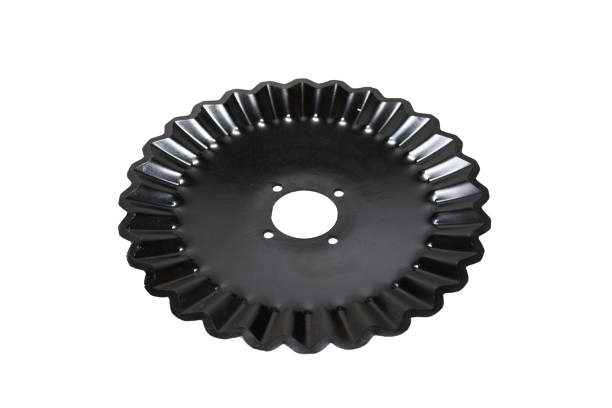

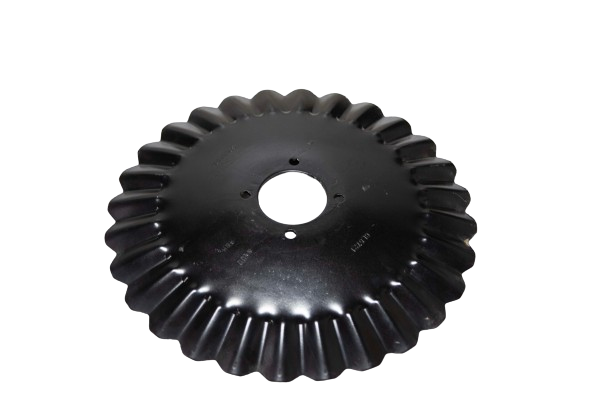
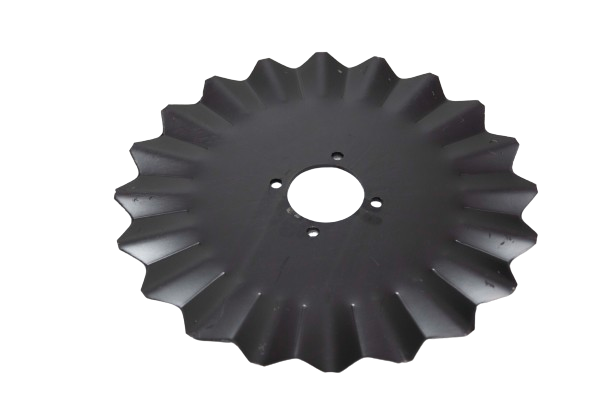
More details are discussed in this article: Choosing the Best Blades for Effective Vertical Tillage.Field conditions also play a critical role in selecting the right tool. Adjusting gang angles and selecting suitable attachments, such as rollers and baskets, can enhance the tool’s performance, ensuring efficient residue management and soil preparation. Additionally, ensuring that the equipment has adequate horsepower to match the tool’s operational demands is crucial for achieving optimal performance and efficiency.
Conclusion
Vertical tillage tools represent a significant advancement in agricultural technology, offering farmers a robust solution for managing crop residue and maintaining soil health. By minimizing soil disturbance, enhancing residue incorporation, and providing operational flexibility, these tools contribute to improved soil structure, erosion control, and overall crop productivity. Understanding the key components and benefits of vertical tillage enables farmers to make informed decisions, optimizing their tillage practices and supporting sustainable agricultural development. Embracing vertical tillage is a step forward in modern farming, aligning with the goals of sustainability and efficiency in agriculture.
FAQ
What is vertical tillage?
Vertical tillage is a farming practice that involves cutting through soil and crop residue vertically, rather than turning the soil over, to manage residue and maintain soil health.
How does vertical tillage help with soil erosion?
Vertical tillage helps prevent soil erosion by maintaining crop residue on the soil surface, which acts as a protective layer against wind and water erosion.
Can vertical tillage be used in both fall and spring?
Yes, vertical tillage tools are versatile and can be adjusted for different levels of soil disturbance, making them suitable for both fall and spring operations.
What are the key components of a vertical tillage tool?
Key components include blades or coulters, gang angles, and attachments like rollers and baskets, which all contribute to efficient residue management and soil preparation.
How do I choose the right vertical tillage tool for my farm?
Consider factors such as soil type, field conditions, and equipment power requirements to select the appropriate tool and settings for optimal performance.



